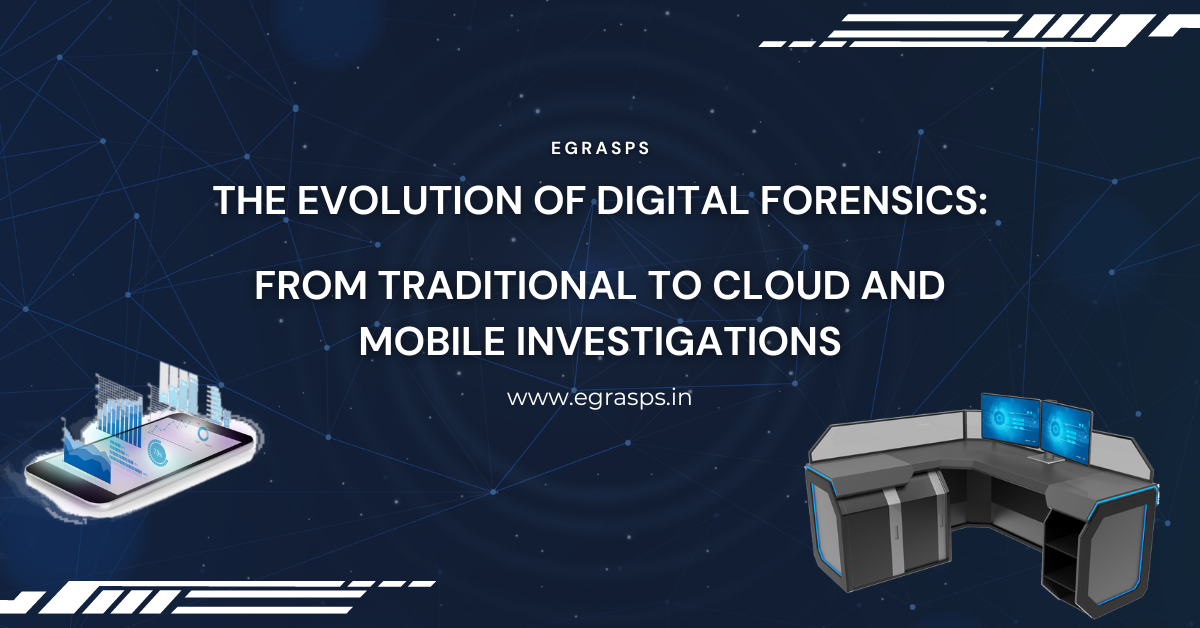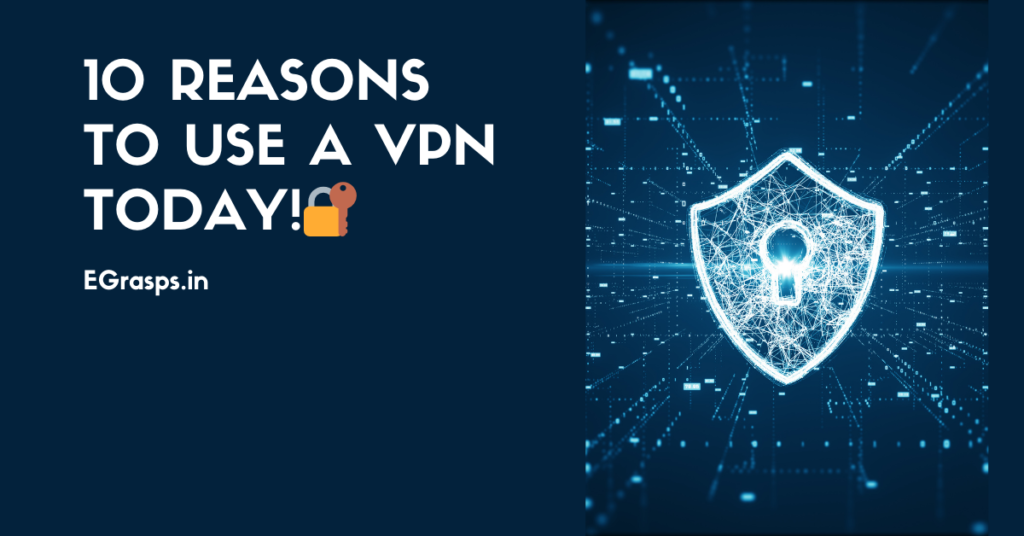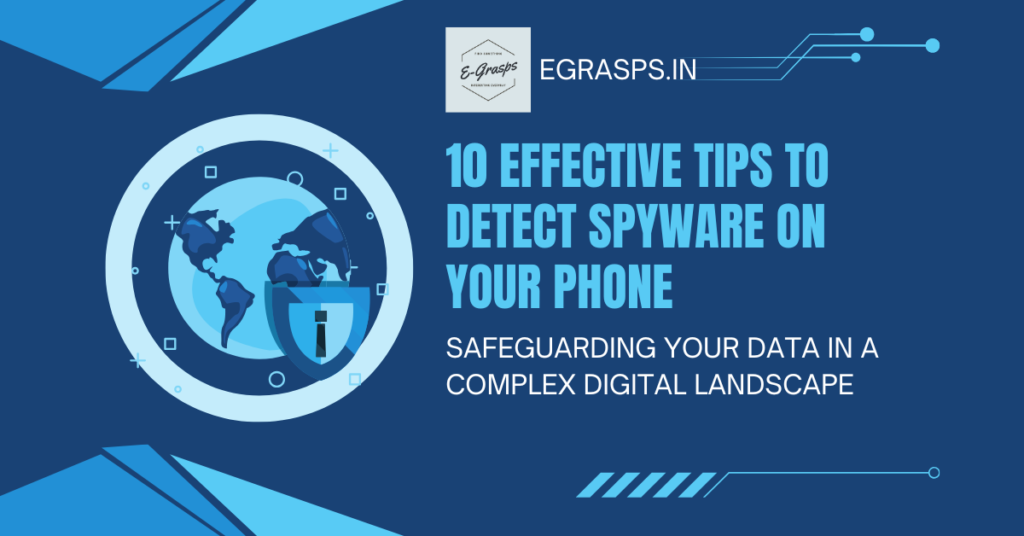Introduction
Over time, digital forensics—the procedure for finding and examining digital evidence—has undergone a significant change. Digital forensics, which was formerly concentrated on computer systems, has broadened its reach to incorporate cloud computing, mobile devices, and Internet of Things (IoT) devices.
This blog article explores the intriguing history of digital forensics, traces its development, and examines the difficulties and methods involved in conventional, cloud, and mobile investigations.

Tradition Digital Forensics
Traditional digital forensics mainly focused on computer systems and storage equipment. Data would be extracted from hard drives, file systems would be examined, deleted files would be recovered, and user behaviors would be reconstructed. Traditional digital forensics’ main components are:
- Acquisition and preservation of digital evidence: To ensure the integrity and admissibility of digital evidence in judicial proceedings, investigators meticulously gather and preserve it. To do this, forensic photographs of storage media must be made, and the right chain of custody must be observed.
- Forensic imaging techniques: To ensure a verified and unmodified duplicate of the original data for examination, investigators employ specialized instruments and methods to make bit-by-bit copies (forensic images) of storage media.
- Data recovery and analysis using specialized tools: To recover lost files, extract information, examine file structures, and decipher system logs, digital forensic specialists use cutting-edge software tools. This procedure aids in the reconstruction of user activity and the discovery of pertinent data.
- Examining metadata, file signatures, and timestamps: It will reveal important details about files and their creation, modification, or destruction. To create a timeline of events and confirm the validity of files, investigators examine these components.
- Analysis of user activity artifacts: Investigators look at numerous artifacts, including browser history, email traces, chat logs, and system registries. These artifacts offer insightful information on human communication, behavior, and interactions with digital systems.
The Emergence of Cloud Forensics
Investigators have to modify their methods in order to retrieve and analyze digital evidence from cloud-based platforms and services due to the widespread adoption of cloud computing. What cloud forensics entails is:
- Identification and acquisition of cloud-based evidence: Finding and gathering digital evidence kept in cloud settings, such as email messages, documents, images, and chat logs, is the responsibility of investigators. This can entail collaborating with cloud service providers and abiding by their rules and regulations.
- Understanding cloud storage models: To properly conduct an investigation, it’s important for investigators to have a thorough understanding of each cloud storage type, including Software as a Service (SaaS), Platform as a Service (PaaS), and Infrastructure as a Service (IaaS).
- Dealing with challenges posed by data encryption in multi-tenant environments: Cloud environments frequently use encryption techniques to secure data. To access and analyze encrypted data, investigators must overcome encryption obstacles. Investigators must also isolate and only analyze the pertinent data in multi-tenant cloud settings, where numerous users use the same infrastructure.
- Examining of cloud logs, access controls, and user activities: Investigating cloud systems requires examining logs, access rules, and user activity to determine who accessed or modified certain data and when. This aids in the reconstruction of events and the identification of pertinent participants.
- Collaboration with cloud service providers: To gather pertinent data and comprehend the technical facets of the cloud architecture, investigators may need to engage with cloud service providers. Cloud-based evidence is properly collected and preserved thanks to this partnership.
Mobile Device Forensics
Mobile device investigations are a new area of digital forensics due to the increasing usage of smartphones and tablets. What mobile forensics entails is:
- Extraction and analysis of data from mobile devices: Investigators retrieve and analyze data from mobile devices, including phone records, texts, photographs, videos, and social media activity, using specialized tools and methodologies. Deep knowledge of file systems and mobile device operating systems is necessary for this approach.
- Overcoming challenges including fragmentation, encryption, and locked devices: PIN codes, passwords, and biometric authentication are frequently used as security features on mobile devices. To access the data on the device, investigators must use strategies to get around or overcome these security protections. The problems presented by encryption and data fragmentation also call for specialized data recovery and reconstruction methods.
- Recovery of deleted or hidden data: Data that has been erased or concealed can be recovered using mobile forensic tools. Examples include lost call history, photographs, and texts. This information may be used as critical evidence in investigations.
- Examining GPS and location data: GPS and other location services are used by mobile devices to record location data. Investigators can analyze this information to determine a person’s movements or to support alibis.
- Analysis of network connections and artifacts from mobile apps: Artefacts include cached data, logs, and database records. Investigators examine these artifacts to understand better user behaviors, communications, and interactions with particular apps. Analyzing network connections can also show linkages to external entities and communication patterns.
Internet of Things (IoT) Forensics
IoT devices are included in the scope of digital forensics as they become increasingly common. IoT forensics presents particular difficulties, including:
- Finding evidence from various IoT devices and gathering it: Smart homes, industrial systems, healthcare, and transportation are just a few industries that use IoT devices. The ability to recognize and collect evidence from various IoT devices, including sensors, smart appliances, wearables, and linked cars, is a must for investigators.
- Analyzing data from sensors, smart home appliances, wearable technology, and industrial IoT systems: IoT devices provide enormous volumes of data that might be vital to forensic investigations. Understanding the unique data formats, communication protocols, and device interactions takes knowledge in order to analyze this data.
- Managing IoT devices’ limited processing and storage capabilities: IoT devices frequently have a limited processing and storage capacity. In order to retrieve and analyze data within the limitations of these devices, investigators must develop methodologies.
- Acknowledging the many relationships that exist between IoT devices and their ecosystems: Interactions between devices, cloud services, and other elements occur within IoT ecosystems. To track data flows and establish the linkages between various IoT units, investigators must comprehend these interactions.
- Analyzing IoT device communication protocols and network traffic: IoT devices interact via various protocols, such as Bluetooth, Zigbee, or Wi-Fi, which may be analyzed together with network traffic. Investigators must examine network traffic and protocol-specific artifacts to comprehend how devices interact and find relevant evidence.
Conclusion
The field of digital forensics has experienced an impressive transition as it has adapted to the changing technological environment. It began with conventional computer systems and has now grown to include cloud computing, mobile devices, and Internet of Things devices.
To keep current, investigators must regularly upgrade their skills and expertise. Digital forensics will encounter further difficulties as a result of emerging technologies like quantum computing, blockchain, and artificial intelligence.
Digital forensic experts will continue to be at the forefront of finding and analyzing digital evidence by embracing these developments and improving their methodology, allowing justice in the digital era.
Reach out to us for training on Cyber Security for your organization/employees.
We hope that we bring some value to your life by posting our content, which might meet your expectations. You can always comment on the post to give feedback or reach out to us through email for sharing what you like to read on our blog.
Reach out to us using email: [email protected]
Open Demat Account with Upstox | Zerodha | Paytm Money
Find More Articles on Our Website: EGrasps
You can reach out to us on WhatsApp.
Disclaimer:
- All the information provided by us “EGrasps.in” are for educational purposes only.
- Display of any trademarks, tradenames, logos, and other subject matters of Intellectual Property (IP) belongs to their respective Intellectual Property (IP) owners. Display of such IP along with the related product information does not imply EGrasps.in‘s partnership with the owner of the Intellectual Property or issuer/manufacturer of such products.



